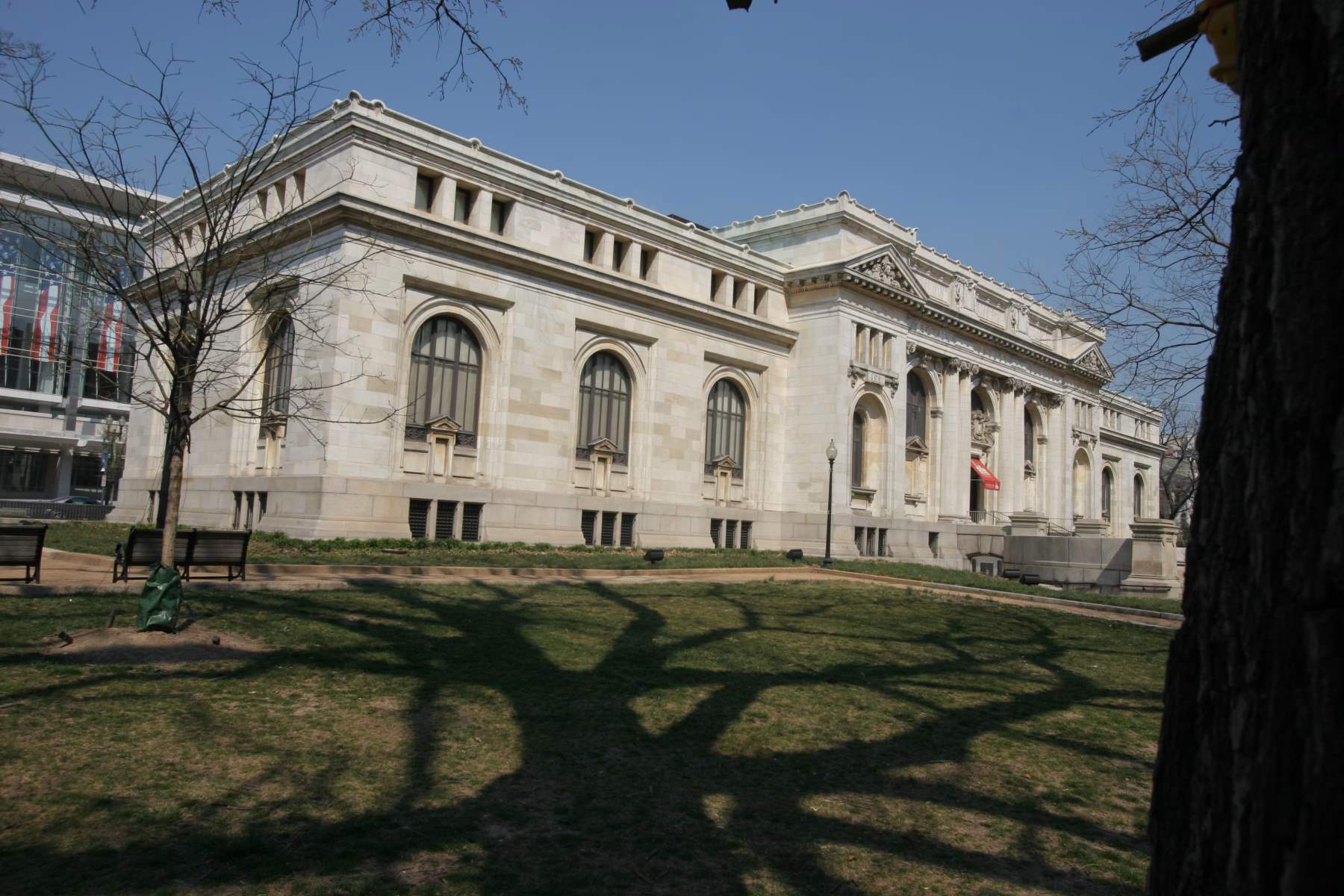America’s Hidden Carnegie Libraries In Small Towns

Have you ever stumbled upon a quaint library in a small American town and wondered about its history? Many of these charming buildings are Carnegie Libraries, funded by Andrew Carnegie in the early 20th century. These libraries are more than just places to borrow books; they are pieces of history that have shaped communities. From their unique architecture to their role in promoting literacy, these libraries offer a glimpse into the past. Whether you’re a history buff or just love a good story, exploring these hidden gems can be a delightful adventure. Let’s dive into the world of America’s hidden Carnegie Libraries.
America's Hidden Carnegie Libraries in Small Towns
Andrew Carnegie, a steel magnate turned philanthropist, funded over 1,600 public libraries across the United States in the early 20th century. Many of these Carnegie Libraries are tucked away in small towns, offering a glimpse into history and a quiet place to read. Let's explore some of these hidden gems.
1. Fairfield, Iowa
Fairfield's Carnegie Library, built in 1893, stands as one of the oldest in the country. This charming building features classic architectural details and continues to serve as a community hub.
2. Ligonier, Indiana
Ligonier's library, constructed in 1908, boasts a beautiful Beaux-Arts style. The library's interior includes original woodwork and stained glass, making it a delightful spot for book lovers.
3. Eureka Springs, Arkansas
Nestled in the Ozark Mountains, Eureka Springs' Carnegie Library opened in 1912. The library's picturesque setting and historic charm make it a must-visit for anyone exploring the area.
4. Carnegie, Oklahoma
Named after Andrew Carnegie himself, this town's library was established in 1910. The building's unique architecture and rich history draw visitors from near and far.
5. Monte Vista, Colorado
Monte Vista's Carnegie Library, built in 1919, features a distinctive Mission Revival style. The library remains a vital part of the community, offering a cozy atmosphere for reading and research.
6. Dillon, Montana
Dillon's library, completed in 1902, showcases a classic Romanesque design. The library's welcoming environment and extensive collection make it a favorite among locals.
7. Wewoka, Oklahoma
Wewoka's Carnegie Library, established in 1916, is a testament to early 20th-century architecture. The library's historic significance and inviting ambiance attract visitors year-round.
8. Pella, Iowa
Pella's library, built in 1905, features a charming Dutch Colonial design. The library's unique architecture and rich history make it a beloved landmark in the community.
9. Carnegie, Pennsylvania
Another town named after the philanthropist, Carnegie, Pennsylvania's library opened in 1901. The building's grand design and extensive collection continue to serve the community well.
10. Herington, Kansas
Herington's Carnegie Library, constructed in 1912, offers a quaint and peaceful setting for readers. The library's historic charm and welcoming atmosphere make it a hidden gem in Kansas.
Discovering America's Hidden Carnegie Libraries
Exploring America's hidden Carnegie libraries in small towns offers a unique glimpse into history. These libraries, often overlooked, hold stories of community, education, and philanthropy. Visiting these gems, you can appreciate the architectural beauty and the role they played in shaping local culture.
Many of these libraries still function as community hubs, hosting events and providing resources. They stand as a testament to Andrew Carnegie's vision of accessible knowledge for all. Whether you're a history buff, architecture enthusiast, or just curious, these libraries are worth the visit.
Next time you find yourself in a small town, take a moment to seek out its Carnegie library. You'll not only enjoy a piece of history but also support the ongoing mission of these vital institutions. Hidden treasures like these enrich our understanding of America's past and present.

